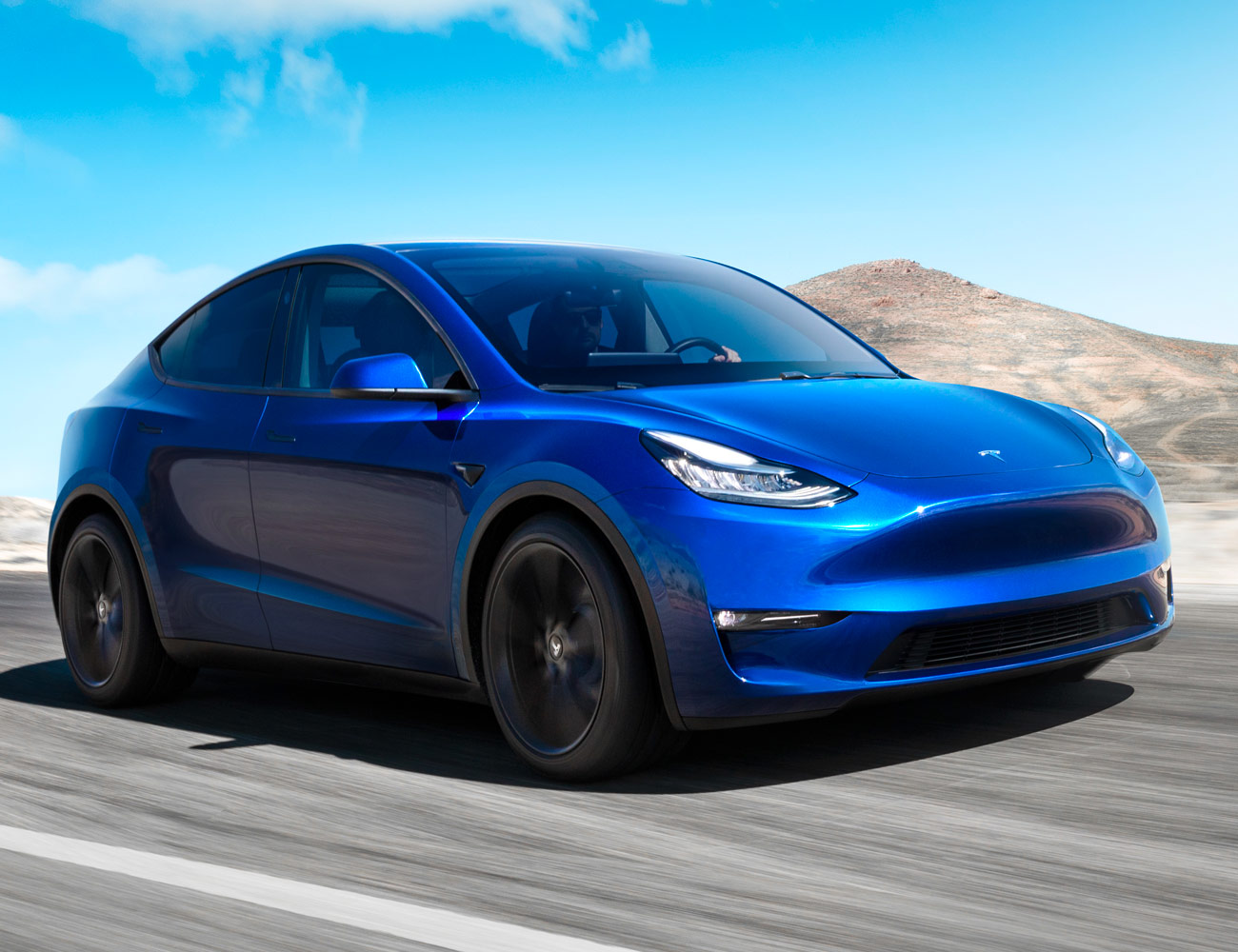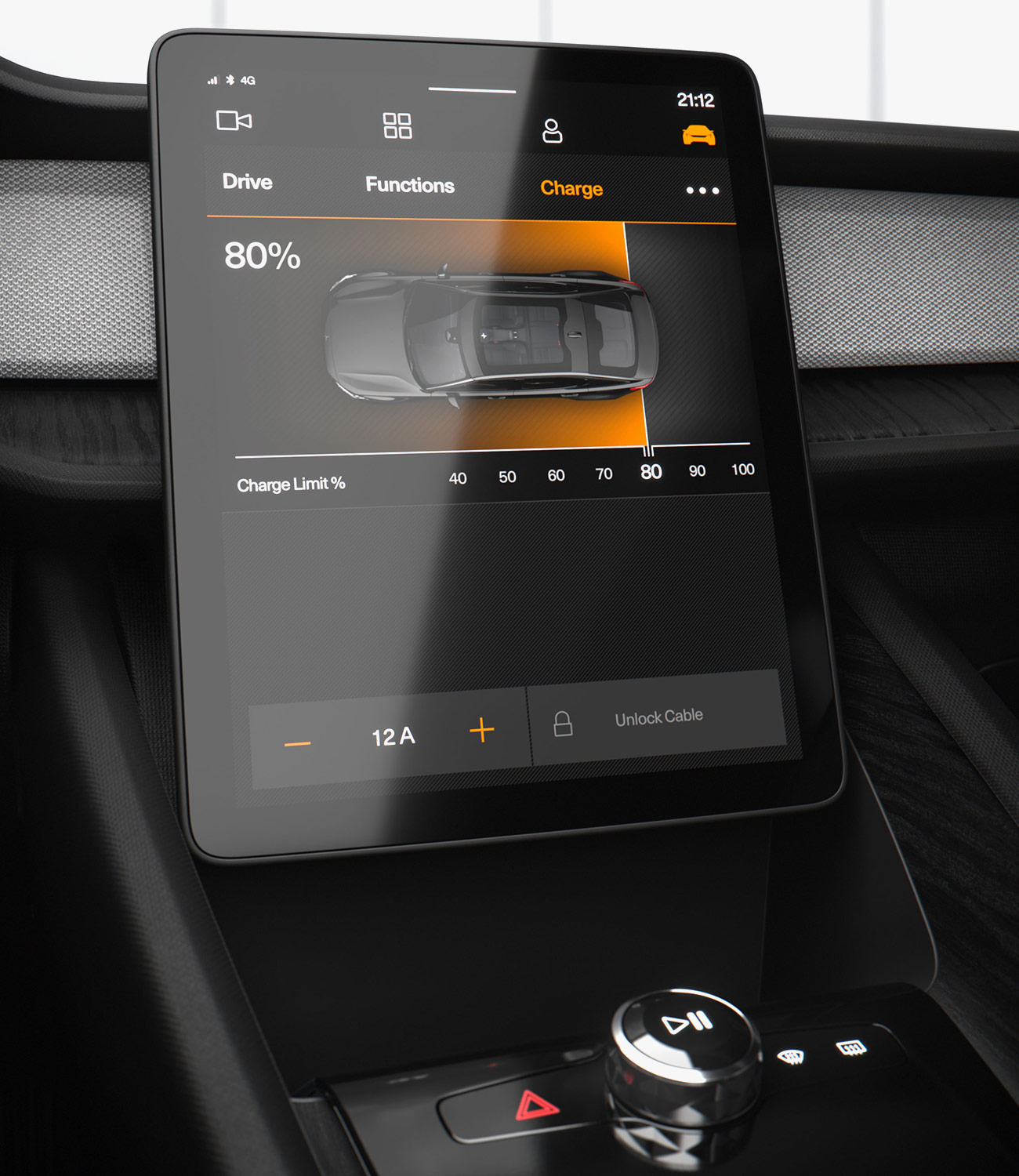Tesla revealed its mass-market Model 3 in 2016. The company promised an affordable, $35,000 pre-federal tax credit price tag. Buyers went berserk. Tesla received about 400,000 Model 3 reservations, a number higher than Mercedes’ total U.S. sales in a year.
The Model 3 launch showed how strong the potential demand was for quality electric vehicles. Tesla’s struggles to meet that demand since highlight how challenging it is to produce an affordable EV. Tesla finally, sort of, got the Model 3 base price down to $35,000 this year, by stripping down the car among other measures.

We know gasoline is on its way out. We know, at least in the short and intermediate term, electric vehicles will be the replacement. What we’ve been waiting for is the “tipping point.” This will be the point where all manufacturers are bringing EVs to market. Component costs start to come down. Range and charging infrastructure grow to make mass market adoption convenient. The future materializes. We should come close to hitting that tipping point in 2020.
The luxury market will be a beachhead for EV adoption. Tesla’s success has terrified those companies into action. We’ll see results, beyond the already extant Jaguar I-Pace and Audi e-tron in 2020. Porsche is releasing its Taycan EV for the 2020 model year. Porsche already has doubled its production plans due to high interest and is reevaluating the gasoline future of its best-selling vehicle.

Volvo and Geely’s electric performance brand Polestar is set to become a thing. The Polestar 1 sports car is due to begin production for the 2020 model year. The company just unveiled the Model 3-battling Polestar 2. Neither will have Volvo’s speed-limiting tech.
Mercedes (EQC) and BMW (iX3) are launching luxury EV crossovers. Aston Martin is bringing the RapidE, more powerful than the Rapide S V12, to market in 2020. Maserati may finally be (fingers crossed) bringing the Alfieri into production as an EV supercar in 2020 as well. That’s before we get to the stupidly powerful EV hypercars unveiled in Geneva and six-figure classic EV conversions.
Even the full-sized truck and three-row SUV markets are in for a jolt of electricity. Rivian has a planned 2020 launch for the R1T truck and R1S SUV. If Rivian can meet the price targets, those will be competitive with the top end of those markets. Rivian’s performance will exceed anything in those markets.

The next and tricky step is having enthusiasm at the top of the market trickle down to the masses. Base-level EVs are relatively affordable. The Nissan Leaf Plus, the Hyundai Kona Electric, and Chevy Volt will offer a 200-plus mile range and a price tag of around $37,500, dropping to $30,000 with the federal tax credit.
These vehicles do make EVs affordable. But, they don’t provide the same value as internal combustion. The Kona Electric, for instance, is $10,000 more than the base model Kona that gets about 30 mpg combined. It will take years of driving before the fuel savings cover the purchase premium. The same general price point in the gasoline realm will get you an efficient, luxurious Mercedes A-Class.
2020 should see some developments at the lower end of the EV market. Though the details remain nebulous. Volkswagen has an I.D. crossover and hatchback that should start production by 2020. The hatch may have a base version for less than $30,000 (unclear when VW would start selling the cheaper one). There are also reports of VW entering the market with a super cheap (sub-$23,000) subcompact EV. Mini should be launching an electric version of the Mini Cooper hatch to begin sales in 2020.
We won’t all be driving EVs by 2020. The best-selling American vehicles will still be three full-sized trucks traveling less than 20 miles on a gallon of gas. But, buyers, particularly on the luxury end, will have a range of EV options. Buying one should feel far more normal than niche.

